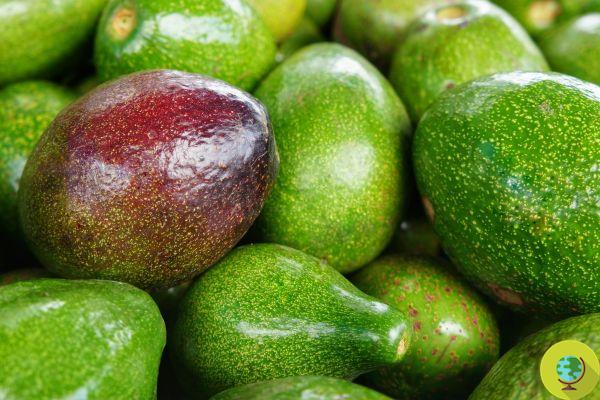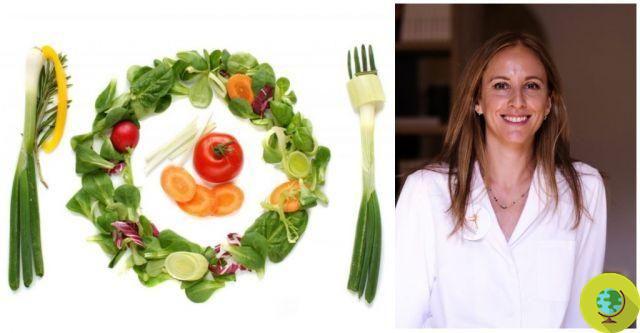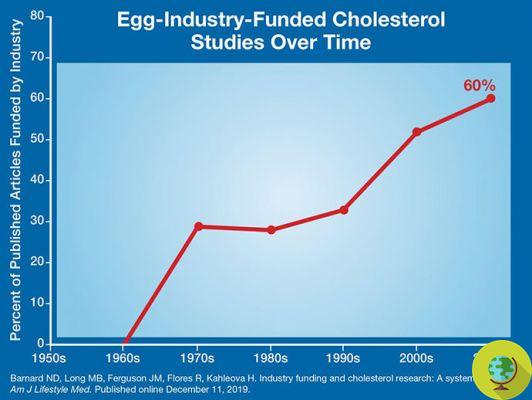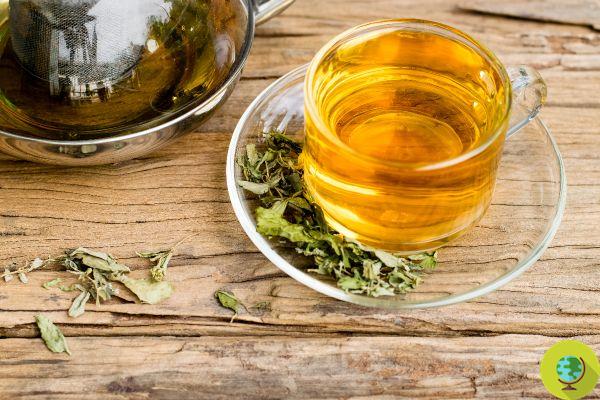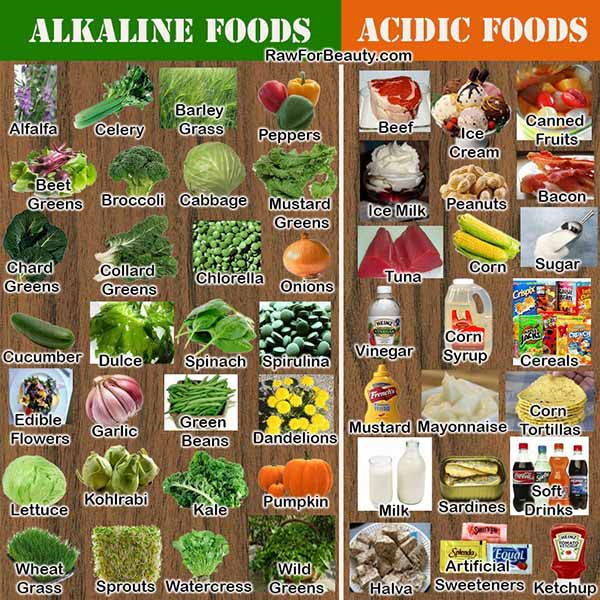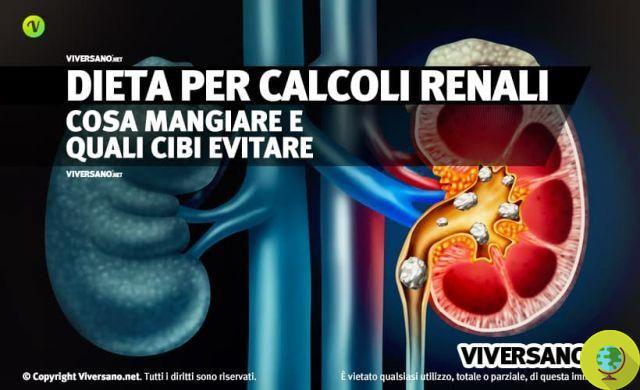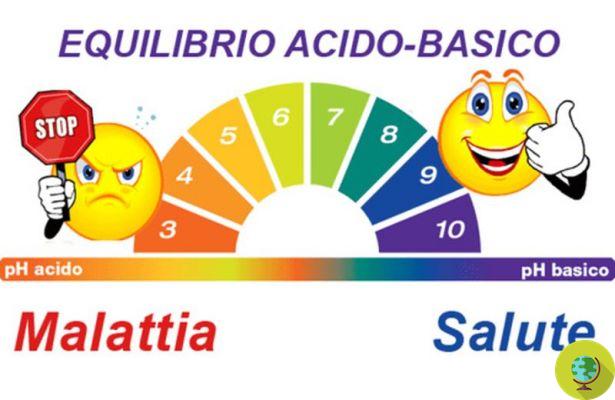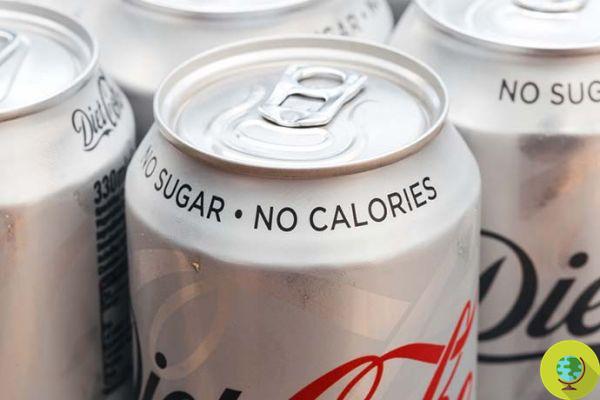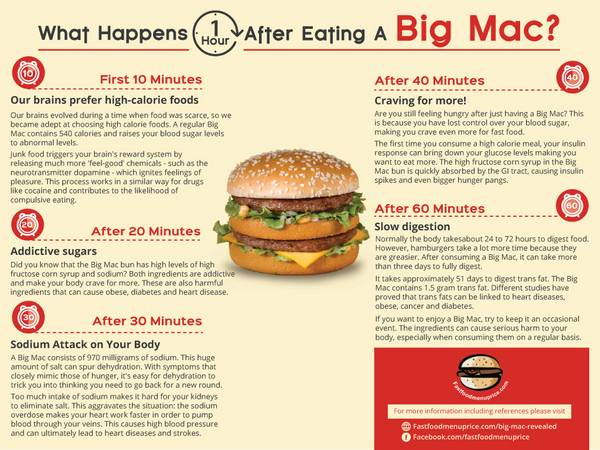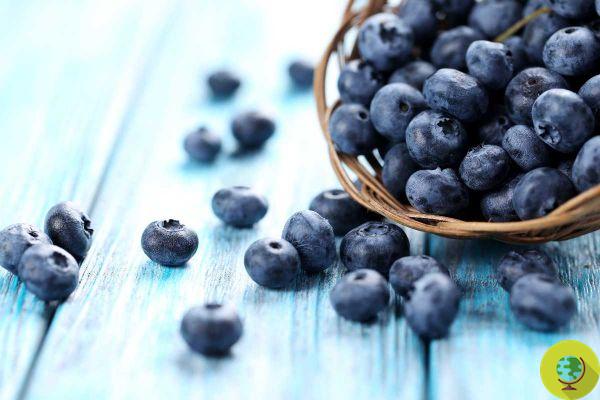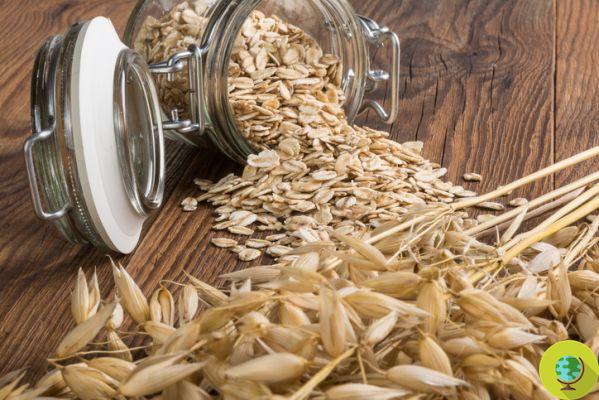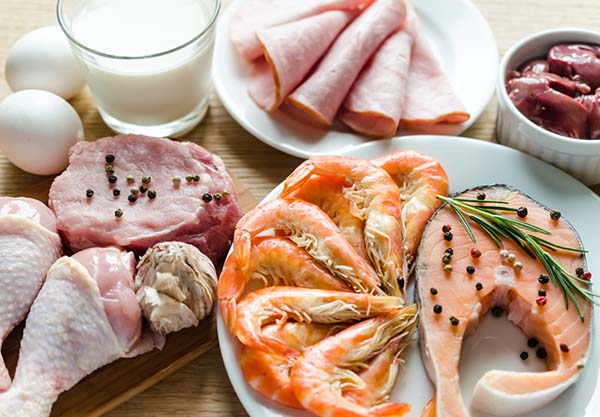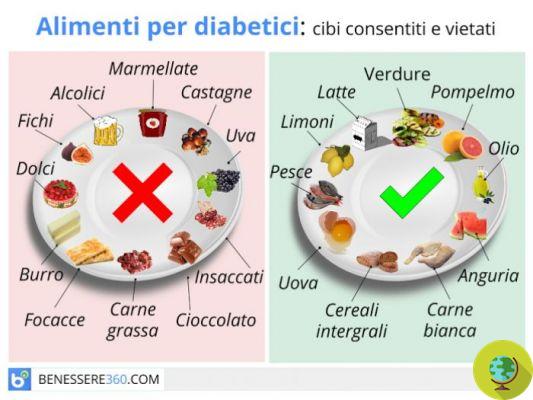Glycemic index diet, what is the diet particularly suitable for diabetics that is based on GI for the choice of foods and portions and which promises to make you lose weight without counting calories and without eliminating carbohydrates and fats?
Don't store avocado like this: it's dangerousGlycemic index diet, what is the diet particularly suitable for diabetics that is based on GI for the choice of foods and portions and which promises to make you lose weight without counting calories and without eliminating carbohydrates and fats?
Break down carbohydrates according to the ability of each food to raise blood sugar, i.e. blood sugar levels, and consume foods and drinks with a low glycemic index: for this reason, the glycemic index diet, according to supporters, would allow for lose weight and reduce risk factors for some chronic diseases. But what does this type of diet consist of? And does it really work?
La glycemic index diet it is basically based on the idea that you need to focus on the ability of carbohydrates to quickly turn into blood sugar and thus raise blood sugar.
There are, in fact, foods that contain simple sugars that do not cause blood sugar spikes, for example fructose, and foods containing starches that instead increase it, such as rice.
To follow a glycemic index diet, supported by a nutritionist, it would therefore be necessary to take into account the glycemic index of foods, i.e.indicator that measures the speed with which carbohydrates cause blood sugar levels to rise, that is their quality, and the glycemic load, that is the actual quantity of carbohydrates.
Read also: What are the glycemic index and glycemic load
Index
What is the glycemic index and why the "high" one can make you fat
The glycemic index (GI) is a measure of ability of a certain food to raise blood sugar after a meal compared to a reference standard which is pure glucose (but also white bread). The glycemic index is indicated with a number from 0 to 100 and pure glucose shows an absolute GI of 100. Foods with a GI equal to or less than 35 have a low GI and can be consumed without problems, even by those who are diabetic . Foods with a GI between 35 and 50 have Moderate GI and they can be eaten freely by those who want to keep their weight stable while they are to be avoided in the case of diabetes; while foods that have a high GI (which is = or> 50) are to be avoided if you are diabetic and want to lose weight.
In 2003 a new table was published in which the concept of glycemic index variability was introduced. The glycemic index of a food, in fact, could vary based on:
- varieties, for example the different varieties of a fruit
- harvest time: an unripe fruit has a different glycemic index than a ripe fruit
- geographical area of production
- mode of production
- content of fat, protein and fiber
- conservation and drying
- the cooking method (oven or boiled) and the cooking duration (for example pasta al dente or slightly overcooked)
- other ingredients of a recipe
Generally, it is clear that the higher the GI, the more that food will quickly turn into blood sugar. When the blood sugar rises too much, the body begins to produce insulin, a hormone which in turn pushes the cells to accumulate it in the form of fats to reduce glucose. Once the glucose is lowered, however, the brain senses the glycemic drop by calling up other sugars and triggering a new hunger process that leads to gaining weight.
In addition, high blood glucose levels are linked to a number of health problems, including diabetes, obesity and heart disease, according to supporters of this type of diet which is particularly suitable for diabetes sufferers.
The glycemic index diet and typical menu
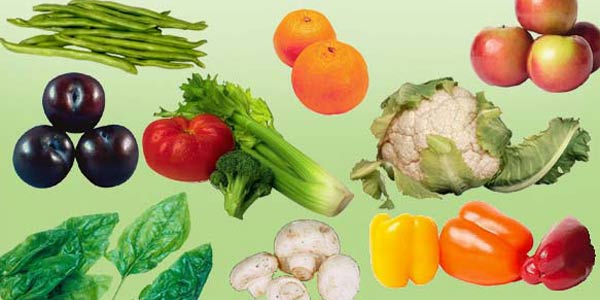
It goes without saying, therefore, that to follow a glycemic index diet for weight loss, you will need to replace high GI foods with low GI foods.
For example (this is just a "typical" menu, which should be structured in the best way with the help of an expert):
- for breakfast you prefer oatmeal and plain yogurt
- for lunch, a slice of wholemeal bread with mixed cereals and naturally leavened, or a spelled salad with cherry tomatoes and a hard-boiled egg
- for dinner, a good amount of vegetables, which have a low GI and help you fill up
Also read: Glycemic index: why it matters and what low GI foods are
As for mid-morning and mid-afternoon snacks, include a small portion of protein, such as low-fat yogurt or 30g cottage cheese) and sour fruit, such as citrus, berries or apples, which has a lower GI, by choosing it even a bit unripe: very ripe fruit has a higher glycemic GI because it increases the amount of sugars present in the food.
In every meal of the day, nutritionists generally also include some foods with a high GI, but always to be accompanied by foods with a low GI: for example, if you eat a food with a high glycemic index, such as refined rice, you should combine it with one. or two low GI ingredients (in greater quantities), such as lentils or fish. This lowers the average meal index and reduces the amount of glucose produced in the body.
The glycemic index of foods
- Some foods with GI at 10 and 20 are: peanuts, spices and herbs, artichokes, bran, dark chocolate (85% pure cocoa) and cocoa powder, lemon juice, soy yogurt, eggplant, asparagus, broccoli , spinach, chard, cauliflower, cucumber, onions, green beans and salad, almonds, hazelnuts, pine nuts, pistachios and walnuts, tofu and ginger, zucchini and peppers
- Some foods with GI at 30 are: chickpeas, fresh cheese, ricotta and milk of animal origin, apricots, raw carrots, lentils, soy milk and almond milk, mandarins, clementines, strawberries, pears and grapefruits
- Some foods with GI at 40 are: wholemeal pasta, oats, spelled, figs, beans, quinoa, kamut, raw broad beans, buckwheat, spaghetti al dente, prunes, 100% wholemeal bread, carrot juice, orange, rice, plums , sauce and tomato sauce
- Some foods with a GI at 50 are: sugar-free cereal energy bar, pineapple juice, basmati rice, persimmon, kiwi, quinoa-based bread (about 65% quinoa), durum wheat pasta, sweet potatoes, muesli, apple juice, brown rice, blueberry juice, spelled flour, wholemeal couscous, wholemeal semolina, spelled, kamut bread, grapes, orange juice
- Some foods with GI at 60: ripe banana, ice cream with sugar, chestnuts, mayonnaise, honey, pizza, durum wheat semolina, pearl barley, milk bread, shortcrust biscuits, apricots and canned peaches, medlar, pineapple , grape juice
- Some foods with GI at 70: cooked beetroot, fizzy drinks, milk chocolate, packaged snacks, couscous, semi-wholemeal wheat flour, boiled potatoes in their skins, jam with sugar, rye bread (30% rye), corn kernels, maple syrup, raisins, raisins
- Some with a GI at 80 are: cooked carrots, pumpkin, white soft wheat flour, watermelon, melon, parboiled rice, cooked broad beans, mashed potatoes, boiled potatoes without peel, sweet wafers, rusks, sweetened rice and milk, cereals from non-wholemeal sweetened breakfast, white sugar, brown wholemeal sugar, fried potatoes.
- Some foods with a GI at 90: baked potatoes, gluten-free white bread, glossy white rice with low amylose content, quick-cooking rice, rice milk, white bread made from very refined flours (baguette-type bread, sandwich bread, pan carré, hamburger bread), puffed rice, rice cakes, maizena (corn starch), pop corn.
- Any foods with GI at 100: glucose, candies, corn syrup, rice flour, potato starch
To lower the glycemic index of any food, just take it together with proteins and / or fats, but, having said that, the secret to keeping the line is and remains for us always and only that of a healthy and varied diet.
If healthy, we can absolutely treat ourselves to a small dessert at the end of a meal, always better than a fizzy drink on an empty stomach, so to speak. We also use less sugar and drink more water!
Read also: Carbohydrates: which ones to choose based on the glycemic index?
You may also be interested in the following diets:
- DIET FOR DIABETICS
- ICE CREAM DIET
- DIET OF LEMON AND GRAPEFRUIT
- HYPOCALORIC DIET
- SLIMMING DIET
- VEGETARIAN DIET
- DIGIUM MIME DIET
- ZONE DIET
- DIET DISSOCATED
- PROTEIN DIET
- DIET OF MINESTRONE
- SLIMMING WITH GINGER
Germana Carillo




